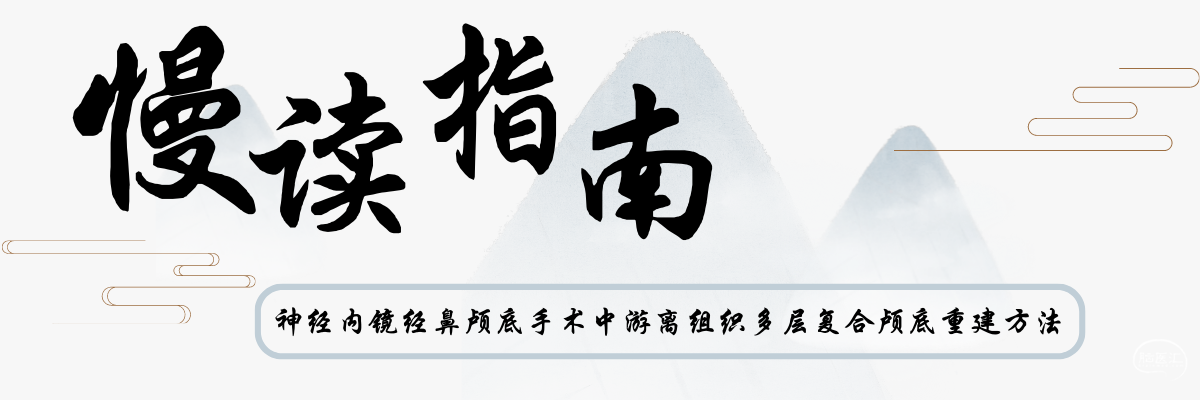慢
读
指
南
化整为零、步步为“赢”、庖丁解牛式的拆解和剖析神经疾病的指南共识规范。
引经据典,知其然,更知其所以然。
2011年5个国际专业协会建议用“目标温度管理(targeted temperature management,TTM)”取代“TH”及“轻度低温”,以强调体温管理的范围及其重要性。目前国际上TTM的应用正越来越多,已基本取代或涵盖了TH及轻度低温。
TTM的常用方法包括体表降温、药物降温和血管内降温技术[1-2],其中,体表降温技术又包括传统与新型体表降温技术。
【1】
Andresen M, Gazmuri JT, Marin A, et al. Therapeutic hypothermiafor acute brain injuries[J]. Scand J Trauma Resusc Emerg Med2015, 23: 42. D0I: 10.1186/s13049-015-0121-35.
"The second type includes internal cooling methodsthat use central venous catheters to either infuse coolsaline or directly to reduce the blood temperature byconvection. "
译文:
“第二种类型为内部冷却方法,该方法使用中央静脉导管注入冷盐水或直接通过对流降低血液温度。”
【2】
Kim JG, Ahn C, Shin H, et al. Efficacy of the cooling method fortargeted temperature management in post-cardiac arrest patients: asystematic review and meta-analysis[J]. Resuscitation, 2020, 148:14-24. D0I: 10.1016/j.resuscitation.2019.12.025.
"ECD included cooling devices, such as Coolgard and Thermogard that circulate water in a closed system through an endovascular catheter with watertemperature controlled via a ‘closedloop’ temperature feedback mechanism for the patient. "
译文:
“ECD包括冷却装置,例如Coolgard和Thermogard,它们在封闭系统中通过血管内导管使水循环,并通过患者的 “闭环” 温度反馈机制控制水温。”
1. 传统体表降温技术:冰袋、酒精擦浴、普通冰毯等是临床上最容易实施的降温方法,但其缺点是劳动强度相对大,不容易达标或出现过度降温,不能有效地维持目标温度,也不容易控制复温速度。
2. 新型体表降温技术:新型体表降温技术就是用包裹式冰毯、冰垫包裹患者身体,设备有温度自动反馈调控系统,通过循环冷水或冷空气而达到降温目的。其优点是临床上容易实施,且能快速启动TH,但缺点是费用较高,及容易造成患者皮肤冻伤。
3. 冰生理盐水输注降温技术:冰生理盐水能有效地诱导快速降温,但不能有效地长时间维持目标温度[3]。
【3】
Kliegel A, Janata A, Wandaller C, et al. Cold infusions alone areeffective for induction of therapeutic hypothermia but do not keeppatients cool after cardiac arrest[J]. Resuscitation, 2007, 73(1): 46.53. D0I: 10.1016/j.resuscitation.2006.08.023.
"In the majority of patients after cardiac arrest, therapeutic hypothermia can be induced by rapid infusion of cold fluids. However, most patients rewarm after 3—4 h and require additional cooling. As most therapeutic and diagnostic interventions can be performed within this period (e.g. coronary angiography or computed tomography) the induction of hypothermia with cold infusions will allow a rapid induction of hypothermia in this first critical phase after the arrest while more resource demanding cooling procedures can be applied afterwards."
译文:
“在大多数心脏骤停后的患者中,可以通过快速输注低温液体来诱导治疗性低温。然而,大多数患者在3-4小时后再次发热,并需要额外的冷却。由于大多数治疗性和诊断性干预可以在此期间内进行 (例如冠状动脉造影或计算机断层扫描),因此通过输注低温液体诱导低温将允许在停搏后的第一个关键阶段快速诱导降温,而之后的冷却程序需要应用更多的资源。”
4℃冰生理盐水一般用于院前急救,用量为20~30mL/kg,总量不超过2000mL。其对温度调控的精确度较差,有时候容易降到目标温度以下,有引起肺水肿、心衰或自主循环恢复后再次心脏骤停的风险。目前临床研究表明,院外心脏骤停患者使用冰生理盐水静脉注射降温没有明显获益,且会增加并发症的发生率[4]。
【4】
Kim F, Nichol G, Maynard C, et al. Effect of prehospital inductionof mild hypothermia on survival and neurological status amongadults with cardiac arrest: a randomized clinical trial J JAMA.2014, 311(1): 45-52. D0I: 10.1001/jama.2013.282173.
"Early out-of-hospital cooling by rapid infusion with 4°C of normal saline reduced core temperature by more than 1°C and reduced the time to achieve the therapeutic temperature goal of 34°C by more than 1 hour. Nonetheless, early, rapid cooling did not improve survival or neurological status at discharge in patients with VF or without VF. Rapid fluid administration was associated with higher rates of rearrest during transport and increased transient pulmonary edema, which resolved within the first 24 hours. Although hypothermia is a promising strategy to improve resuscitation and brain recovery following cardiac arrest, the results of the current study do not support routine use of cold intravenous fluid in the prehospital setting to improve clinical outcomes."
译文:
“通过快速输注4 °C的生理盐水进行早期院外冷却,将核心温度降低了1 °C以上,并将达到34 °C的治疗温度目标的时间缩短了1小时以上。尽管如此,早期快速降温并不能改善VF或无VF患者出院时的生存或神经状态。快速补液与转运过程中较高的心脏再次停搏率和增加的一过性肺水肿相关,后者在最初的24小时内消退。虽然低温是改善心脏骤停后复苏和脑恢复的有效策略,但目前的研究结果并不支持在院前环境中常规使用冷静脉注射液来改善临床结果。”
4. 体内降温技术:体内降温技术即血管内降温技术。血管内降温设备通过置入下腔静脉的热交换导管来诱导低温[5]。
【5】
Tommasi E, Lazzeri C, Bernardo P, et al. Cooling techniques inmild hypothermia after cardiac arrestJ. J Cardiovasc Med(Hagerstown), 2017, 18(7): 459-466. DOI: 10.2459/JCM.0000000000000130.
"These devices induce therapeutic hypothermia through a heat-exchange catheter placed in inferior cava vein. These devices ensure a tight control of core temperature changes with rapid cooling rates, stable maintenance, and a controlled rewarming. "
译文:
“这些设备通过放置在下腔静脉中的热交换导管诱导治疗性低温。这些设备确保了核心温度变化的严格控制,快速的冷却速率,稳定的维护和受控的复温。”
这种设备能严密地控制核心温度的改变,包括快速降温速率、恒温期温度稳定及控制性复温,且温度变异度最小。
血管内降温技术的最快降温速度能达1.5~4.5℃/h,能快速达到目标温度[6]。
【6】
Alne T. Therapeutic hypothermia: comparing surfaceVSintravascular cooling[J]. Dimens Crit Care Nurs, 2020, 39(1): 12-22.DOI: 10.1097/DCC.0000000000000398.
"Intravascular cooling with endovascular catheters can cool body temperature rapidly at 1.5°C to 4.5°C per hour. They allow for more controlled rewarming and are better able to maintain target temperature."
译文:
“用血管内导管进行血管内降温,可以使体温以每小时1.5℃-4.5℃的速度快速下降。这种方式使复温更为可控,并能更好的维持目标体温。”
其不利因素主要为置管时的侵入性操作及与导管相关的副作用,如血栓形成或血流相关感染等。建议优先选择具有温度反馈调控装置的新型体表降温技术或血管内降温技术进行TTM。如不具备条件,也可选择传统体表降温技术(普通冰毯、冰帽、冰袋)进行降温,但需更严密地监测核心温度。
查阅共识原文

点击图片,
查阅共识全文
点击或扫描上方二维码,查看更多“创伤重症”内容





